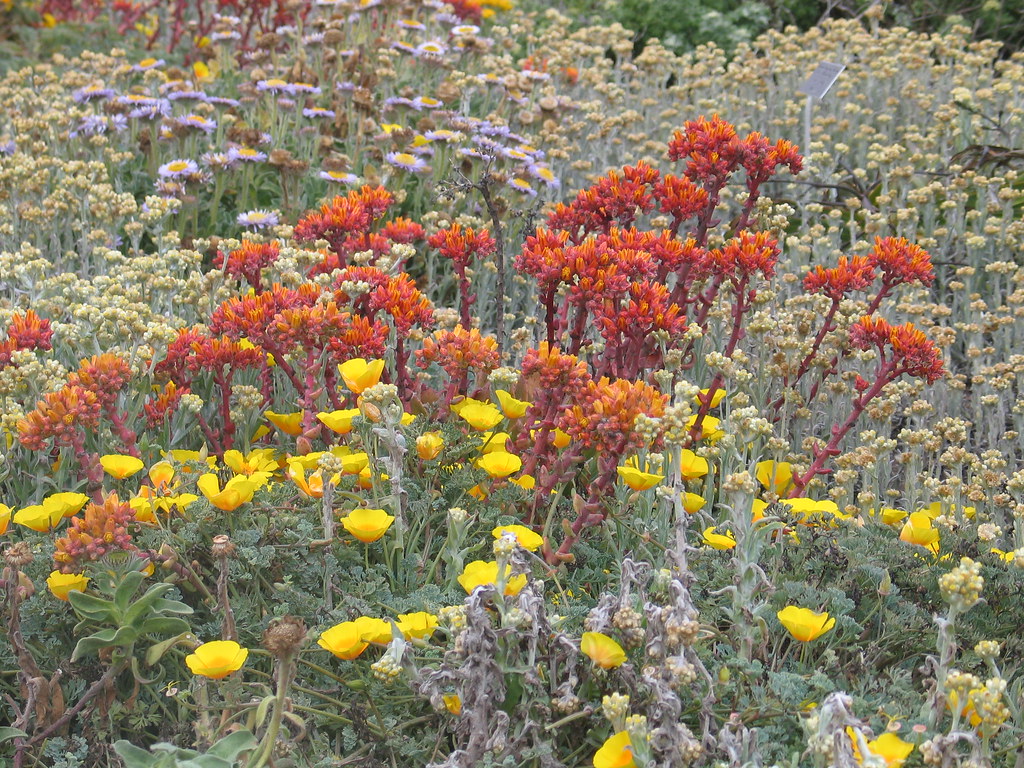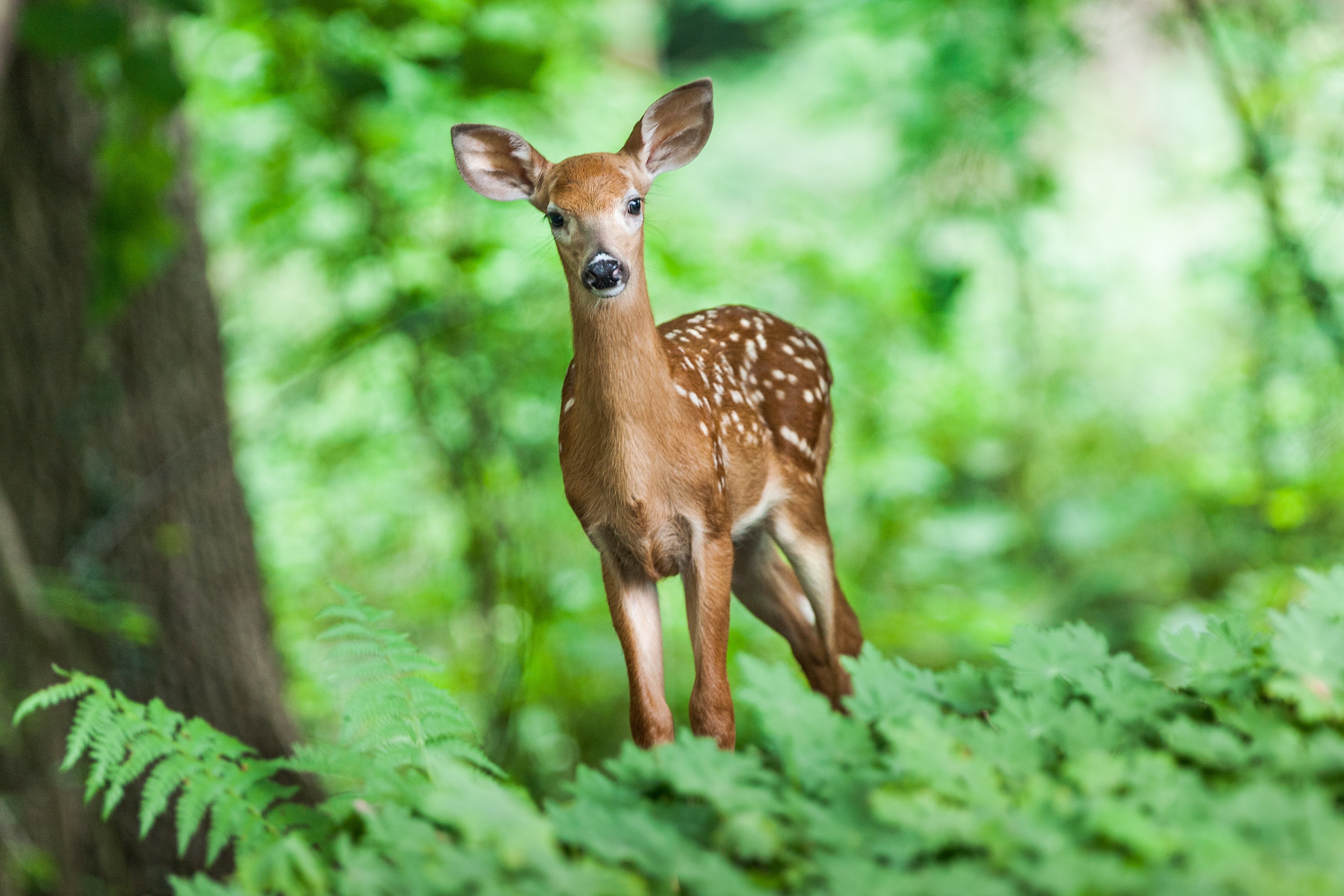In a world filled with concrete jungles and bustling cityscapes, it becomes increasingly important to nurture our connection with nature. What better way to do so than by creating a lush haven for local wildlife in our own backyards? Welcome to the magical world of « Comment Créer un Jardin de Plantes Indigènes pour la Faune, » where we embark on a mesmerizing journey to establish a haven for our beloved native flora and fauna. Prepare to be dazzled by the beauty of nature’s tapestry as we explore the endless possibilities of creating a vibrant and harmonious ecosystem that celebrates the wonders of indigenous plants for the wildlife that calls our region home. Join us as we uncover the secrets of transforming our outdoor spaces into enchanting sanctuaries, brimming with life, creativity, and respect for our environment. So, grab your gardening gloves and let’s embark on this captivating adventure together!
The Importance of Creating a Garden of Native Plants for Wildlife
Creating a garden of native plants for wildlife is not only a beautiful addition to your outdoor space, but it also plays a vital role in supporting local ecosystems. By choosing plants that are indigenous to your region, you are providing food, shelter, and habitat for a diverse range of wildlife species.
One of the key benefits of incorporating native plants into your garden is that they require less maintenance compared to non-native species. These plants have evolved to thrive in the specific soil conditions and climate of your area, making them more resistant to pests and diseases. This means less time and effort spent on watering, fertilizing, and controlling invasive species. Additionally, native plants are well-suited to the local wildlife, providing them with the necessary nourishment and shelter they need to survive.
- Native plants attract a variety of birds, butterflies, and insects, contributing to a vibrant and healthy ecosystem.
- By planting a diversity of native plants, you can attract different species of wildlife and increase biodiversity in your garden.
- Native plants are adapted to the specific climate conditions in your area, reducing the need for excessive watering and maintenance.
- Indigenous plants are the foundation of the food chain, providing a source of nourishment for insects, which in turn are food for birds and other animals.
Gardening with native plants is not only a sustainable choice but also a way to create a harmonious and thriving environment for both wildlife and humans. So, consider transforming your garden into a haven for local wildlife by planting a diverse range of native plants. You will be amazed by the beauty and activity that will flourish right outside your window!

Exploring the Benefits of Planting Indigenous Species for Biodiversity
Creating a garden filled with indigenous species not only adds beauty to your surroundings but also contributes to the preservation of biodiversity. By planting native plants, you are providing a natural habitat for local wildlife, from insects to birds and even small mammals. This harmonious relationship between plants and animals is essential for a thriving ecosystem.
One of the main benefits of using indigenous species is that they are adapted to the local climate and soil conditions. This means that they require less maintenance and are more resilient to pests and diseases. Their deep roots help prevent erosion, improving soil stability and water quality. Additionally, native plants often have a unique combination of colors, shapes, and textures, making them a visually appealing choice for any garden.
- Supporting local wildlife: Indigenous plants provide food and shelter for pollinators, birds, and other creatures, fostering a healthy ecosystem.
- Conserving water: Native plants are accustomed to local rainfall patterns and typically require less watering once established. This helps conserve precious water resources.
- Reducing maintenance: Native species are well-suited to the conditions of their natural habitat, making them low-maintenance options for gardening enthusiasts.

Designing a Wildlife-Friendly Garden: Strategies and Tips for Success
Stratégies et Astuces pour Créer un Jardin de Plantes Indigènes Favorable à la Faune Sauvage
Amoureux de la nature et soucieux de préserver la biodiversité, vous aspirez à créer un jardin qui accueille et nourrit la faune sauvage locale. Inspirés par nos amis à quatre pattes, à plumes et à écailles, nous vous proposons ici quelques stratégies et astuces pour concevoir un jardin attrayant et durable pour nos précieuses espèces indigènes. Voici comment transformer votre espace extérieur en un havre de paix pour les créatures qui partagent notre écosystème.
1. Cultivez des plantes indigènes: Les plantes indigènes sont un élément essentiel pour attirer la vie sauvage dans votre jardin. Elles fournissent un habitat naturel, la nourriture nécessaire et favorisent le maintien de la diversité des espèces. Optez pour des arbustes, des fleurs et des herbes qui sont endémiques de votre région et qui s’adaptent aux conditions climatiques locales. Non seulement vous créerez une oasis pour la faune, mais vous soutiendrez également la santé de l’écosystème.
2. Aménagez des zones de nidification et de repos: Offrez aux animaux sauvages un endroit où ils peuvent se sentir en sécurité et se reposer. Ajoutez des nichoirs pour les oiseaux, des hôtels à insectes, des buissons denses et des tas de branches ou de feuilles pour créer des abris. Intégrez également des éléments d’eau tels que des bassins ou des fontaines peu profondes pour fournir une source d’hydratation essentielle. Ces sanctuaires accueillants seront appréciés par de nombreuses espèces d’animaux, qu’ils cherchent un endroit pour nicher, se percher ou simplement se désaltérer.

Enhancing Habitat Diversity through the Use of Native Flora and Fauna
Creating a garden filled with native plants is not only a visually stunning addition to your outdoor space, but it also provides a vibrant habitat for a variety of wildlife. By using indigenous flora, you can enhance habitat diversity and support the local ecosystem. Native plants have evolved alongside native animals, providing them with essential food, shelter, and breeding grounds.
One key benefit of incorporating native flora into your garden is the provision of food sources for local fauna. Native plants often produce fruits, berries, and nectar that are specifically adapted to attract birds, bees, butterflies, and other pollinators. By planting a diverse range of native species, you can create a buffet for these essential creatures. Additionally, native flora attracts insects, which in turn become a vital food source for insect-eating birds.
In conclusion, creating a native plant garden for wildlife is not only a fulfilling endeavor but also a journey of coexistence with nature. As we allow the beauty and vitality of indigenous flora to flourish, we invite a diverse array of fauna into our lives, forming symbiotic relationships that enrich our environment. Each shrub, each flower, and each blade of grass becomes a beacon of hope, attracting pollinators and providing nourishment for creatures small and large.
Through this harmonious collaboration with our native ecosystem, we can witness the delicate dance between insects, birds, and mammals that rely on these plants for survival. We become caretakers, nurturing habitats that support biodiversity and contribute to the preservation of our natural heritage.
Whether you have a modest balcony, a sprawling backyard, or a vast expanse of land, the creation of a native plant garden holds immeasurable value. By choosing local species and embracing their unique characteristics, we not only offer sanctuary for wildlife, but also protect the delicate balance of our environment.
So, let us embrace the extraordinary diversity of our native plants, for within their roots lies the potential to transform our surroundings into thriving habitats for the fauna that roam. Together, let us embark on this remarkable journey, allowing nature to guide us towards a more sustainable and harmonious future.



